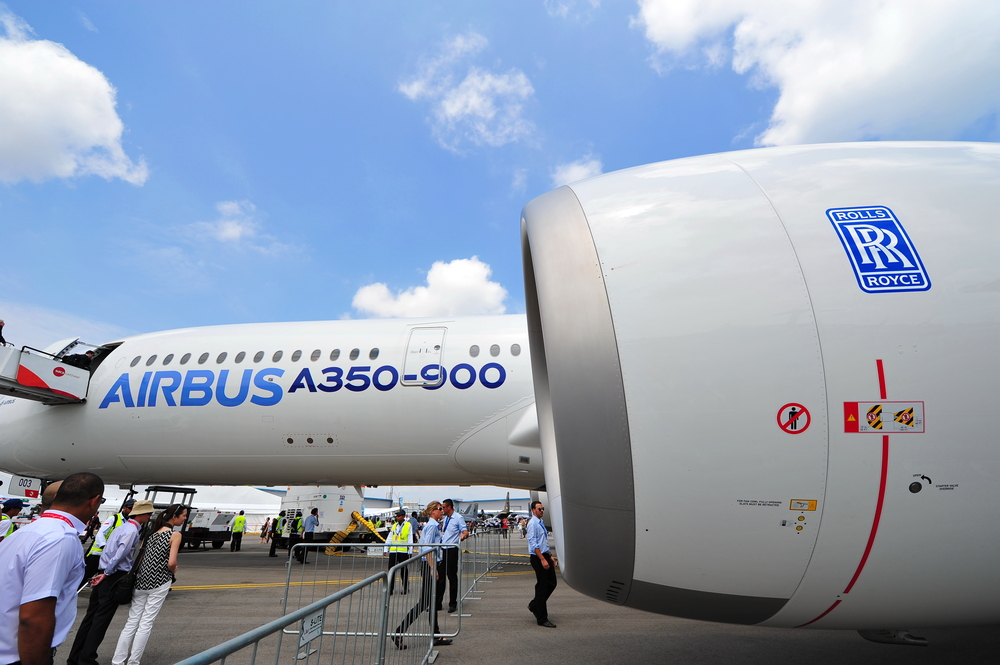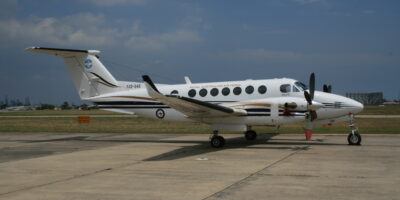Understanding the Trent XWB Engine: A Powerhouse of Modern Aviation
The Trent XWB, developed by Rolls-Royce, stands as a marvel in modern aviation engineering. Spearheaded for the Airbus A350 XWB family, it boasts an impressive blend of efficiency, performance, and reliability.

Design and Development
The engine development began in the early 2000s to support Airbus’s ambitions. Key design goals included fuel efficiency, reduced emissions, and low operating costs. Engineers used advanced materials and innovative technologies to meet these targets effectively.
High-Pressure Core
The Trent XWB’s high-pressure core includes an 8-stage compressor and a combustion system featuring 20 fuel injectors. This configuration ensures optimal fuel-air mix, promoting efficient combustion and lower emissions.
Low-Pressure System
The low-pressure system integrates a 3-stage turbine that drives the fan and 6 or 7 intermediate-pressure compressor stages. This setup maximizes thrust while maintaining robust operational efficiency and minimizes noise pollution.
Materials and Manufacturing
Advanced materials play a crucial role in the engine’s durability and performance. Rolls-Royce utilizes ceramic matrix composites and titanium aluminide, which are lightweight and heat-resistant. These materials contribute to fuel efficiency by reducing the engine’s overall weight and enduring high operational temperatures.
Precision manufacturing techniques ensure stringent quality control. 3D printing technology aids in producing complex components with enhanced performance characteristics. This modern approach results in fewer parts, reducing maintenance needs and enhancing reliability.
Performance and Efficiency
The Trent XWB is noted for its remarkable fuel efficiency. It achieves a 15% improvement over previous models due to its optimized airflow and advanced materials. The engine’s specific fuel consumption (SFC) is among the lowest in its category, making flights cheaper and greener.
High bypass ratio and improved aerodynamics minimize drag, further enhancing fuel economy. These aspects, combined with cutting-edge turbine technology, ensure maximum thrust with minimal environmental impact.
Environmental Impact
Reducing emissions has been a priority. The Trent XWB adheres to strict environmental standards, including ICAO’s CAEP/8 regulations. Its low NOx emissions, reduced particulate matter output, and quieter operation signify a leap forward in eco-friendly aviation.
Particulate Matter
Particulate emissions are cut significantly by optimizing combustion dynamics. The lean-burn combustion chambers used in the Trent XWB achieve more complete fuel burn rates, minimizing unburned hydrocarbons as well.
Noise Reduction
The engine is designed to operate quietly. Various noise-reducing technologies, such as chevrons on the nacelle and advanced acoustic linings, manage sound waves effectively. These features result in a quieter experience for passengers and less noise pollution around airports.
Maintenance and Reliability
Maintaining the Trent XWB is streamlined through innovative design. Modular construction allows for easier access to components, making inspections and repairs quicker. The engine also incorporates predictive maintenance technology, using sensors to monitor performance in real-time.
These sensors collect data on engine health and predict potential issues before they arise. Maintenance schedules are data-driven, improving reliability and reducing downtime. This proactive approach ensures the engine remains in peak condition.
Operational Success
The Trent XWB powers a significant number of Airbus A350 aircrafts worldwide. Since its introduction, it has accumulated millions of flight hours, demonstrating exceptional reliability and performance. Airlines benefit from its efficiency, experiencing lower fuel costs and operational savings.
Airline Partnerships
Over 50 airlines have selected the Trent XWB. Notable operators include Qatar Airways, Singapore Airlines, and Cathay Pacific. These partnerships underscore the engine’s industry-leading position and the trust airlines place in Rolls-Royce’s engineering prowess.
Customer Feedback
Feedback from airlines emphasizes the engine’s cost-saving benefits and environmental enhancements. Reduced maintenance frequency and operational efficiency are often highlighted. The engine’s performance contributes to smoother, quieter flights, enhancing passenger experience.
Future Developments
Rolls-Royce continues to innovate, with research focusing on further enhancing engine efficiency and sustainability. Developing next-generation composite materials and exploring hybrid-electric propulsion systems remain crucial areas. These advancements aim to keep the Trent series at the forefront of sustainable aviation technology.



